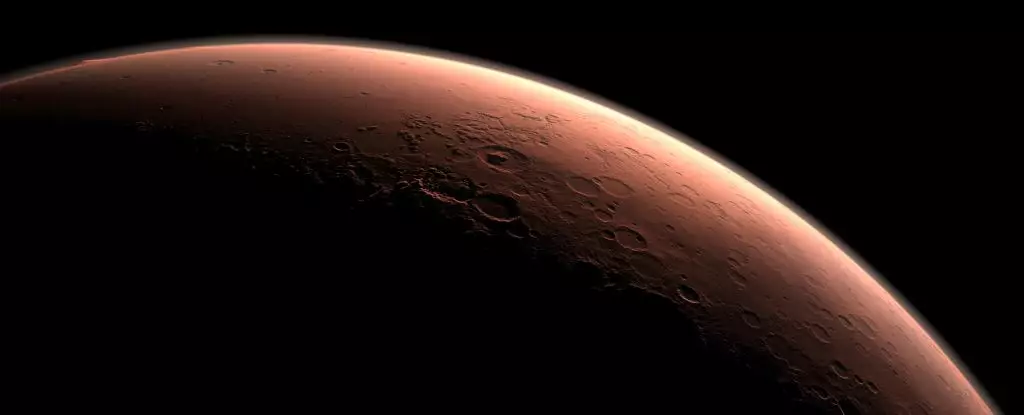As humanity’s fascination with Mars continues to grow, the search for extraterrestrial life on the Red Planet remains a paramount objective for many scientists. Despite decades of exploration, evidence supporting the existence of life, at least as we understand it, has yet to be conclusively identified. This inadequacy raises questions about our methodologies and assumptions in astrobiological research. Notably, the Viking landers’ missions of the 1970s offer a pivotal lens through which we can analyze our past attempts and strategize future endeavors in the Martian environment.
In 1976, the Viking landers were a groundbreaking entry into Martian exploration, tasked with several objectives that included searching for biological evidence in Martian soil. Among their experiments, one was designed to identify potential biosignatures—essentially, signs of life. However, while early results hinted at the possibility of microbial life, they soon fell short of confirmation.
One of the critical experiments, known as the gas chromatograph-mass spectrometer (GCMS), yielded unexpected results with the discovery of chlorinated organics. Initially interpreted as mere contamination from earthly cleaning agents, these substances are now understood to be present in Martian soil naturally. What remains contentious, however, is whether these compounds originate from biological processes or are purely geological in nature.
Recent insights from astrobiologist Dirk Schulze-Makuch have spurred a reevaluation of the procedures utilized during the Viking missions. The suggestion that our testing methods may have inadvertently destroyed the very evidence we sought has substantial implications. Specifically, he points to the heating processes employed in the GCMS as potentially incinerating organic materials vital to our search for life.
This revelation extends beyond a mere procedural glitch; it embodies a broader issue linked to our anthropocentric worldview that shapes scientific expectations and protocols. Mars, with its arid environment, is fundamentally different from Earth. Thus, the assumption that life on Mars would mirror its Earthly counterpart in its requirements for sustenance—particularly water—could have led to misguided experimentation that effectively “snuffed out” any potential signs of Martian life.
The Viking landers executed a variety of experiments designed to assess whether Martian soil showed signs of metabolic activity or photosynthesis. However, the results provided a confusing array of signals. Initially promising indications were overshadowed by negative results from a matrix of other tests, raising doubts about the validity and interpretation of data acquired.
The core issue stems from the assumptions integrated into these experimental designs: the belief that Martian life, if it existed, would thrive in wet conditions. Furthermore, Schulze-Makuch presents an intriguing hypothesis regarding dry-adapted microbial life forms that have the capability to incorporate unique substances such as hydrogen peroxide. This line of inquiry suggests that life could exist in forms that defy our terrestrial understanding.
Given the setbacks and speculations surrounding the Viking missions, it becomes evident that a paradigm shift may be required in our approach to Mars. Schulze-Makuch emphasizes the necessity of developing experiments that align with the ecological realities of the Martian environment. Future missions should not simply repeat prior methodologies but should instead be designed with an awareness of Mars’s unique conditions.
Advancements in technology could pave the way for missions aimed exclusively at unraveling the mysteries of potential Martian life. For instance, probes that can sample without contaminating the environment, or advanced geochemical analyses, may offer clearer insights into the chemical signatures that indicate life without the risks of destruction associated with earlier methods.
As we chart the course for humanity’s future exploration of Mars, the lessons learned from the Viking landers serve as a critical reminder: our quest for life beyond Earth is fraught with challenges shaped by our inherent biases and assumptions. By adopting a more nuanced understanding of Martian ecology and emphasizing careful, targeted experimentation, we might finally be able to answer the question that has captivated human imagination for generations: Is there life on Mars? The journey ahead requires not just ambition but also humility and adaptability in our approaches to discovering the unknown.


Leave a Reply